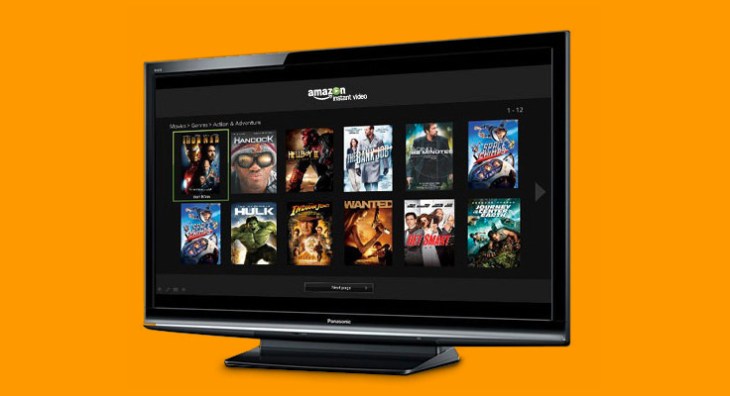Amazon is cancelling its plans to offer a “skinny bundle” internet TV service, according to a report from Reuters out this morning, mirroring another from Bloomberg earlier this year. The issue at hand was Amazon’s ability to generate a profit from a service like this, Reuters said. Additionally, Amazon has had difficulties getting broadcast and cable TV networks to join its existing a la carte TV platform, Amazon Channels.
It’s common for Amazon to consider new ideas then pull back on implementation when it finds they wouldn’t be a good fit for its business – and that could be the case with a streaming TV bundle, as well. The rumored service was already a bit of an odd fit for Amazon, which currently uses Prime Video as a means of upselling online shoppers to its $99 annual membership program, Amazon Prime.
Amazon today also offers the ability to add-on select channels, like HBO, Starz, Showtime, Cinemax, and others, via Amazon Channels. But this selection, so far, is largely limited to those channels that are already available over-the-top through standalone subscriptions – not those that come bundled in larger TV subscriptions, like broadcast networks or top cable channels.
Amazon is not the only tech firm to struggle with making the necessary content deals for an internet TV package – Apple has been challenged in this department, as well.
Despite Amazon and Apple’s failures to negotiate profitable deals, TV networks have agreed to participate in a number of other live TV offerings as of late, including Hulu Live TV, AT&T DirecTV Now, Sling TV, YouTube TV, PlayStation Vue, fuboTV, and now, Philo.
Reuters’ report claims that, in addition to the low profit margin a skinny bundle would see, Amazon also believed that this sort of TV service “did not necessarily indicate the direction the TV business will eventually go,” which is an interesting insight.
The market is swamped with live TV skinny bundles today, but it’s still too early to know if they will see wide scale consumer adoption given that cord cutters often tend to opt for on-demand offerings like Netflix and Amazon Prime Video. On that front, Amazon is investing heavily. The company will spend $4.5 billion on video content in 2017, analysts have said.
Our understanding is that Amazon will focus on its a la carte Amazon Channels business going forward, which has already expanded globally and has 140 channels in the U.S. The company has more additions planned for this service as well, and believes more content will become available over-the-top over time. In other words, Amazon is taking the long-term view that cord cutters and cord nevers will decided against the live TV bundles that are too much like traditional pay TV and will choose to more specifically customize their channel preferences instead of buying a bloated TV package.
Amazon isn’t commenting on Reuters’ report.
